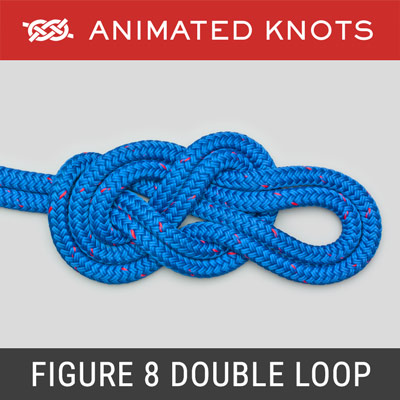Cantclimbtom
Well-known member
Maybe you don't have them in your caving region? they only work on magnetic limestoneNever mind the knot, where can I get those anchors you just stick on to the wall wherever you want them?
Maybe you don't have them in your caving region? they only work on magnetic limestoneNever mind the knot, where can I get those anchors you just stick on to the wall wherever you want them?
He did also show me a BoB with an extra turn. Which he claimed did not slip on tests.
surely a bowline on the bight with an extra turn is just a fusion knot
The extra turn is in the same direction, like a Capuchin, rather than the opposite direction like a figure 8. Pete Knight calls the knot a Double Bowline on the Bight, seeNo. Fushion you start with a fig 8 on a bight.
This extra turn makes the knot like a normal BoB. I would have to show you.
Ah-ha! I've been (quite literally) tying myself up in knots trying to work out how to tie a fusion knot based on the info on this thread. Brilliant video (with the sound muted!).I had no idea what it meant... until.... I watched this
then it made sense

Yup, that’s spot on. Big boy HMS is ideal for the jobHere's a question for JoshW: Way back in this thread you mentioned the use of a 'king crab'. I assume that this is a karabiner clipped into both loops of the knot and left there for everyone to clip their safety cord into?
I have known the rock with a single hang fail on the last pitch in Little Hull Pot. Admittedly, a Y-hang probably wouldn't have helped in that case - a huge section of wall peeled away.Isn't the underpinning rationale behind a y-hang the 53/100ths loading on each anchor presuming a 45 degree separation, harking back the glorious halcyon days of self-drilling bolts which alarmingly had a habit of popping out far too regularly and therefore sharing the loading with y-hang rigging minimised the pop-outs and the resultant equalisation shock loadings?
If so, in an age of bomb-proof resined anchors et al, do y-hangs still have relevancy? Discuss. Include illustrations and your maths to support your case.
